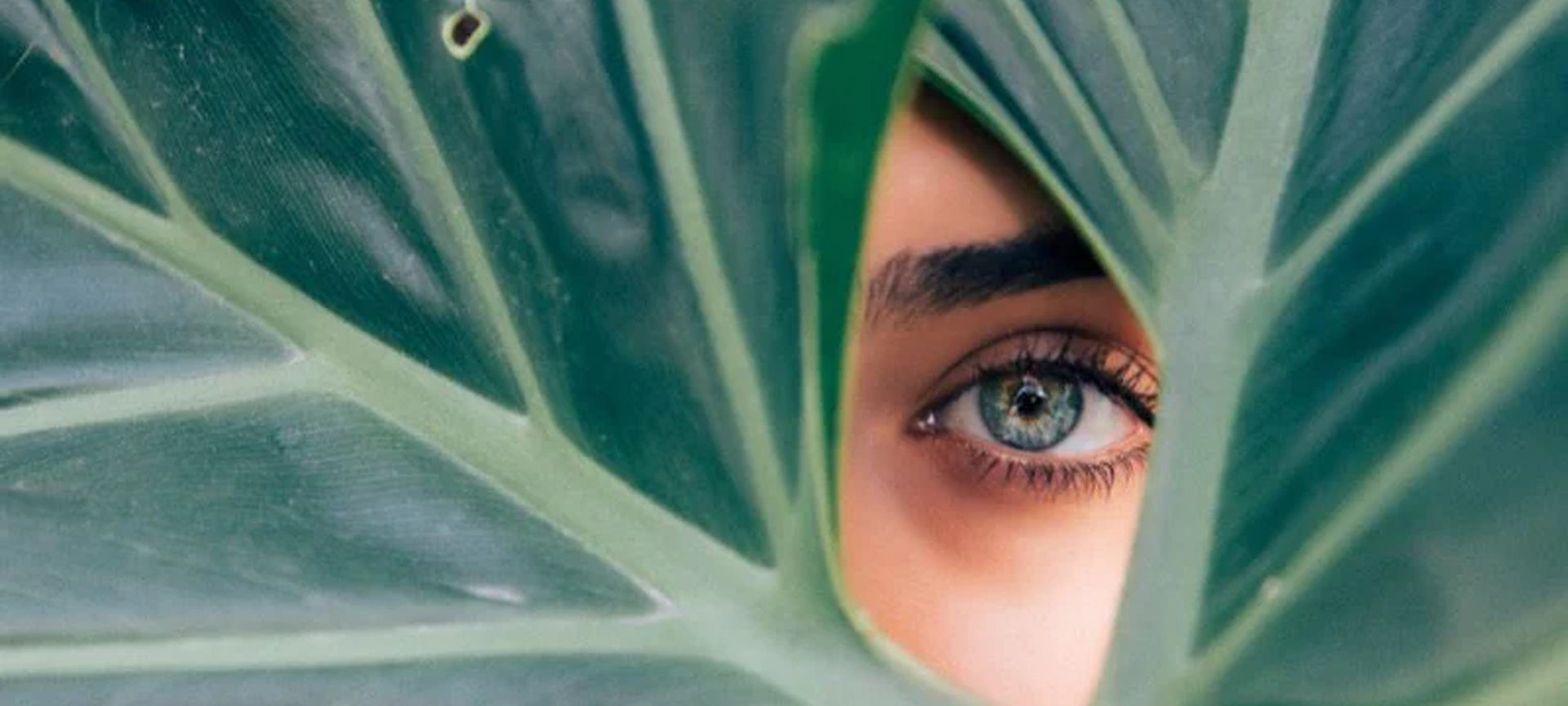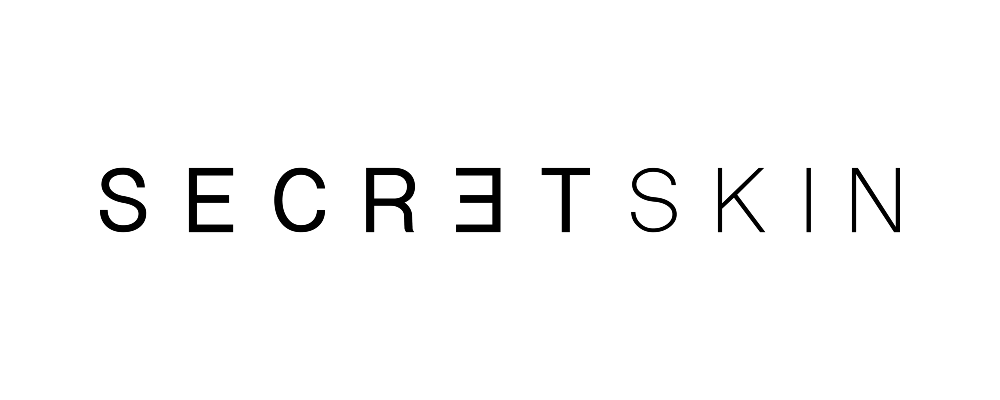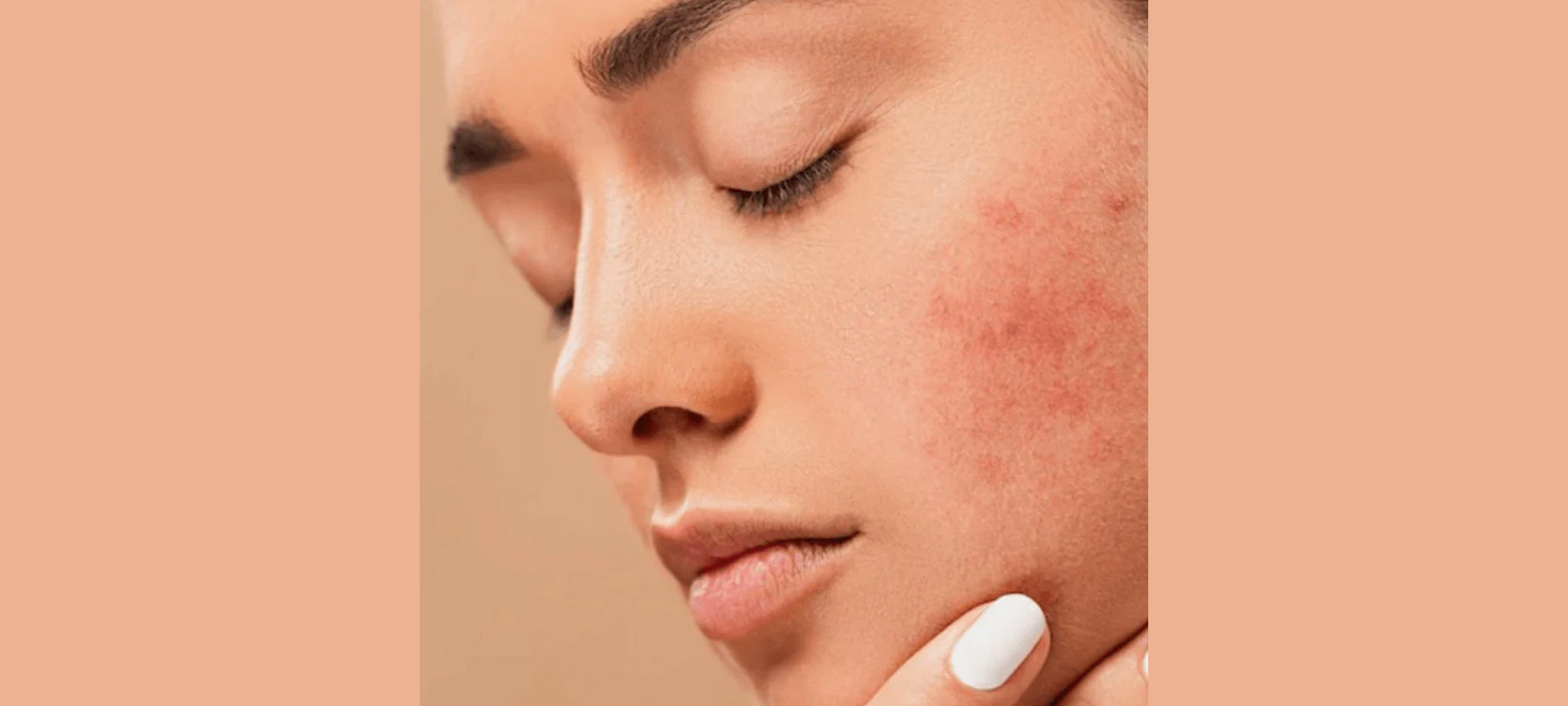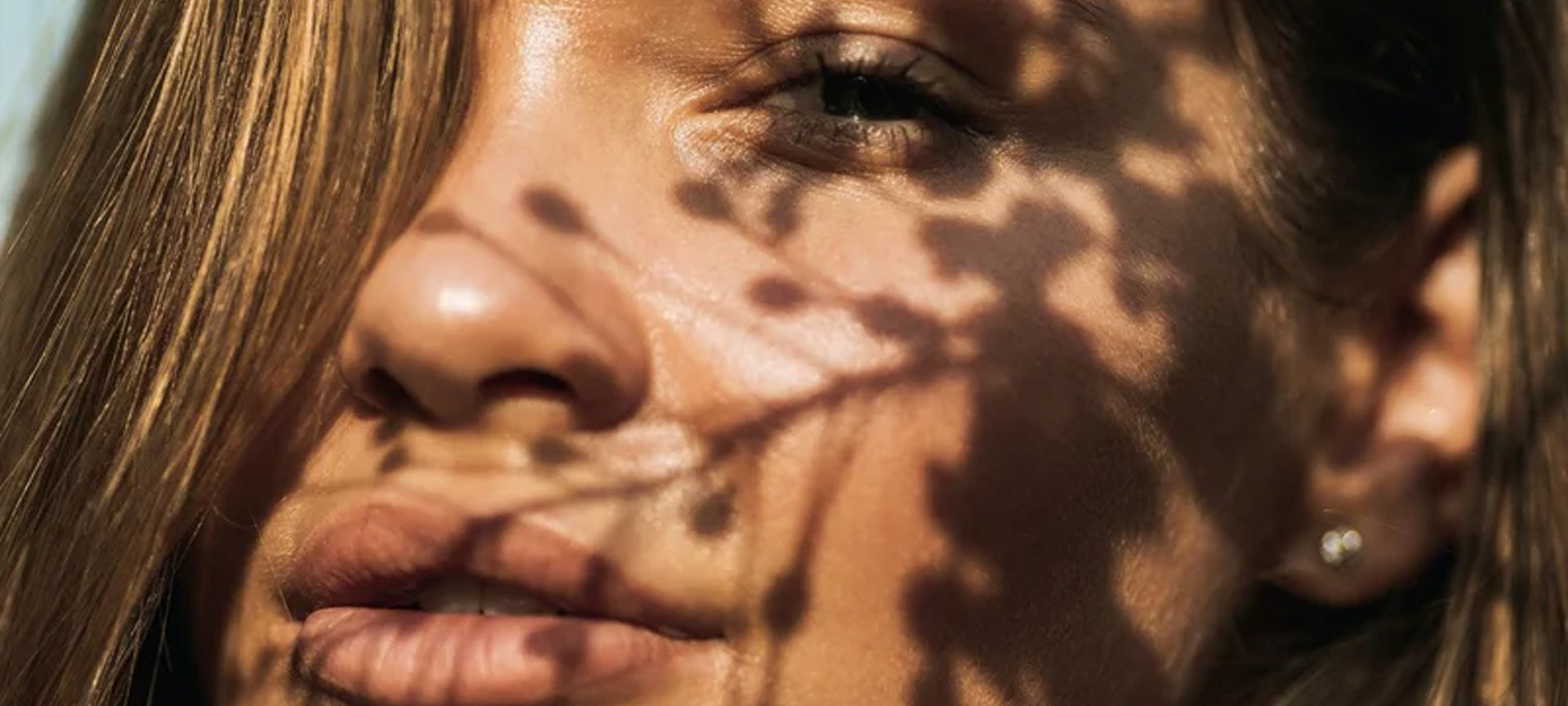
CLEANING UP YOUR BEAUTY ACT
The other day, in course of discussion, one of my friends told me she's totally into clean beauty, while enthusiastically showing me her new purchase of avocado body butter. She deposited a blob on my arm as if the smell and texture were the determining factors in convincing me of her evolution in beauty. Whether it's the food I consume or the products I use, I'm a label reader so smell and texture are secondary criteria. After glancing over the number of chemicals on the ingredient list, it occurred to me even though "clean beauty" is the latest buzz in the world of beauty, a lot of people may not know how to distinguish clean. When they see fruits, flowers and vegetables named on the main label, they just assume they're buying a toxic-free product, that's natural and contains responsibly sourced ingredients.
Clean beauty is a real thing, it's not just a marketing gimmick created by the industry or a new trend that's going to be replaced by the next. Science is telling us that many of the ingredients added to our personal care products can cause toxicity build up in our systems which can eventually affect our health. After all, our skin is the largest organ of our body and everything we apply has the potential to be absorbed into the bloodstream. It wasn't the hype that got me onto the clean beauty bandwagon but listening to a podcast interview with an endocrinologist stating that toxins from the chemicals we use on our bodies, the food that we eat and the air that we breathe is increasing incidents of thyroid and hormonal issues especially amongst women, as well contributing to the increase of certain cancers. That one declaration caused a lot of collateral damage to my inventory of beauty products, the majority got binned!
When going clean there's a lot to consider including the way ingredients are processed. However, the easiest place to start is with a list of commonly used key ingredients that should be avoided if you want to take charge of your health. It's a little tricky and time consuming to keep scanning labels and recognizing these ingredients but take baby steps, start with the products that remain on your body the longest and are your staples like your serums, moisturizers, sunscreen, lipsticks etc then work your way to the quick rinses like shampoos and cleaners. My first replacement was sunblock, it's a daily must in my personal care regime to protect my skin from the harmful ultraviolet rays of the sun. I have to admit I had some concerns during the transition phase to non-toxic choices but soon realized that you don't have to compromise on the efficacy or the luxurious aspects of products, in-fact plant-based additions can contain highly active phytochemicals which work in synergy with your own body for far more effective results. Eventually, like choosing any product or a brand you just have to find the one that works for you.
There is so much more learning to be done on clean beauty, my aim in writing this is to start you on your journey if you haven't already and to encourage you to dig a bit deeper for yourself. You'll understand why you need to take your health into your hands when I leave you with this piece of factual trivia, the FDA has banned only 11 ingredients in personal care and beauty products while the EU has banned over 1000 in the same category due to potential health concerns. Just to give you a starting point, I've included my list of the first ingredients that were banned from my product purchases:
1. Parabens (methyl-, isobutyl-, propyl etc)
A class of preservatives is commonly used to prevent the growth of bacteria and mold. Parabens are endocrine (or hormone) disruptors, which may interfere with important hormone processes in our bodies. Mainly used in shampoo, face cleanser, body wash, body lotion, foundation.
2. Oxybenzone
Sunscreen agent and ultraviolet light absorber linked to irritation, sensitization and allergies, and possible hormone disruption. It's also an ingredient that's damaging the worlds' coral reef reproduction. Mainly used in sunscreen, moisturizers.
3. Phthalates (DBP, DEHP, DEP etc)
A group of plasticizing chemicals used to make products more pliable or to make fragrances stick to skin. Phthalates disrupt the endocrine system and may cause birth defects. Mainly found in synthetic fragrance, nail polish, hairspray, body lotions, skin cleansers
4. Hydroquinone
A common skin-lightening chemical that inhibits the production of melanin and is linked to cancer, organ toxicity, and skin irritation. Mainly used in skin-lightening creams and anti-pigmentation formulas.
5. Butylated hydroxy Anisole and Butylated Hydroxytoluene (BHT)
Sometimes referred to as an antioxidant but can be carcinogenic and hormone disruptors and may cause liver damage. Used to extend the shelf life of cosmetics. Mainly used in lipsticks, moisturizers and other cosmetics.
6. Ethanolamines (MEA/DEA/TEA)
Linked to allergies, skin toxicity, hormone disruption, and could have adverse effects on pregnancies. Mainly found in hair dyes, mascara, foundation, fragrances, and sunscreen.
7. Formaldehyde
Used as a preservative in cosmetics including some hair treatments and eyelash glue. A known carcinogen, linked to asthma, neurotoxicity.
8. Sodium Lauryl Sulfate and Sodium Laureth Sulfate (SLS and SLES)
These make your beauty products foam so you feel squeaky clean. This category of chemicals can cause skin irritation or cause allergic reactions. Found mainly in shampoo, body wash, bubble bath, cleanser etc
9. Synthetic fragrance
These could be hormone disruptors and allergens. There are so many combinations and variations of these scents. Fragrance formulas can be protected as trade secrets legally. Used in all kinds of beauty products.



Leave a comment
This site is protected by hCaptcha and the hCaptcha Privacy Policy and Terms of Service apply.